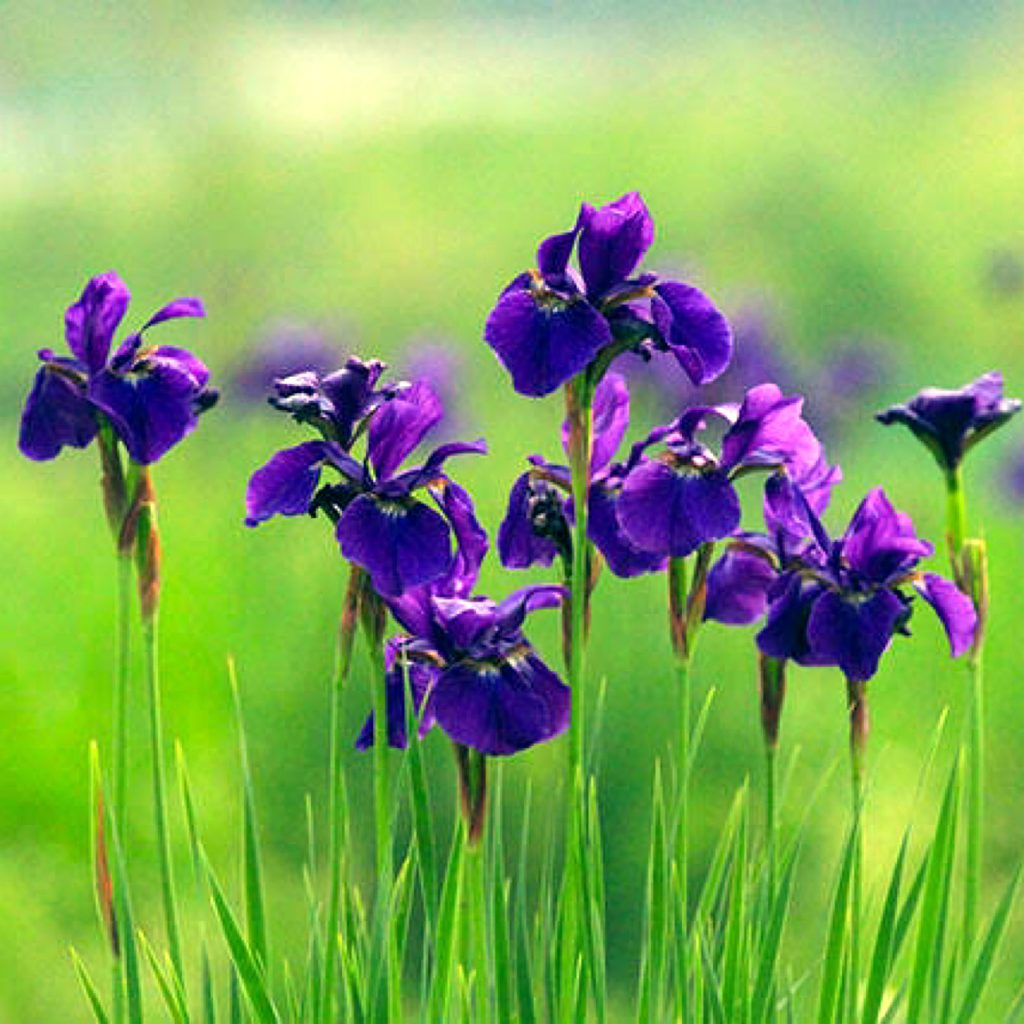
The rose garden in Hamadera Park, spreading from Sakai City in southern Osaka to Takaishi City, is now at its best. Hamadera Park, one of Japan’s oldest parks established in 1873, boasts a lush greenery with remnants of beautiful pine groves known as ‘Hakusha-Seisho,’ selected as one of the ‘100 Famous Pine Trees.’ The rose garden, located in one corner of the park, reaches its peak in spring and autumn. It consists of five zones designed as a Japanese-style stroll garden and a zone inspired by European gardens. The park showcases 6000 rose bushes of 500 varieties, displaying vibrant colors and elegant fragrances. Particularly, native Japanese species like Rugosa roses and Hamanasu roses enrich the scenery, creating a ‘Japanese rose garden’ that blends harmoniously with the surroundings.
This area was requisitioned by the American military from 1945 to 1958. After its return, land reclamation began on the seaside, transforming it into a coastal industrial zone within three years. While the white sands mentioned in the poem of Ki of Princess Yūshi in the “Kokin Wakashū” anthology have disappeared, only the pine groves of Hamadera Park remain, allowing us to reminisce about the past. The abandoned ship in the photo also serves as a remnant of that time.
今、大阪南部の堺市から高石市に広がる「浜寺公園」のバラ園が見頃を迎えています。浜寺公園は、明治6年(1873年)に造られた日本最古の公園の一つで、「名松100選」にも選ばれている、美しい松林を誇る白砂青松の面影を残す緑豊かな公園です。その一角にあるバラ園は、春と秋に見ごろを迎え、和風の回遊式庭園に見立てられた5つのゾーンと、ヨーロッパの庭園をイメージしたゾーンで構成されています。園内には、500種6000株のバラが華やかな色を見せ高貴な香りを漂わせます。特にノイバラやハマナスなど日本の自生種が充実し、周囲の風景に溶け込む「日本のばら庭園」を演出しています。
この一帯は、1945年(昭和20年)〜19458年(昭和33年)までの14年間、駐留アメリカ軍に接収されました。解除後、海側はわずか3年で埋立造成がはじまり、今ではすっかり海浜工業地帯に変貌しました。『小倉百人一首』にある祐子内親王紀伊の「音に聞く 高師の浜の あだ波は かけじや袖の 濡れもこそすれ」と歌われた当時の白砂は姿を消しましたが、浜寺公園の松林だけがかろうじて残り、往時を偲ぶことができます。写真の廃船もその名残りです。









